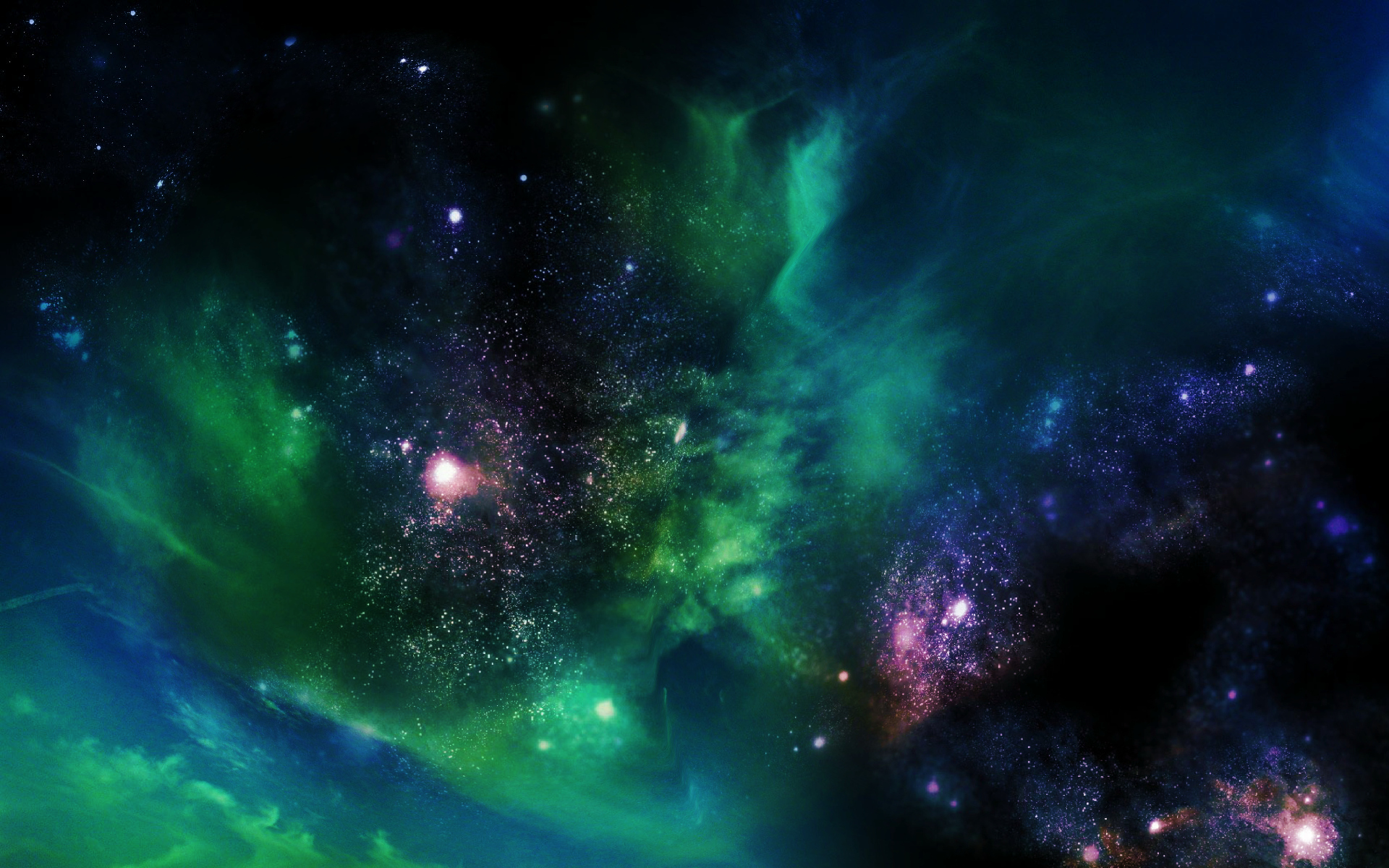
The results suggest that the outer planets of the system might still harbour substantial amounts of water. This includes the three planets within the habitable zone of the star.

The 20 new worlds have been found around eight bright, Sun-like stars by the HARPS Echelle Spectograph instrument, mounted on the 3.6m telescope at the European Southern Observatory in Chile.

A new scientific model studies whether liquid water can be maintained on planets in various conditions, and could be used to confirm the presence of vegetation on faraway worlds.

NASA’s Kepler space telescope team has identified 219 new planet candidates, 10 of which are near-Earth size and in the habitable zone of their star

An astrophysics researcher has identified the possible compositions of the seven planets in the TRAPPIST-1 system. TRAPPIST-1e may be the best candidate for future habitability studies.

The study of alien worlds is entering its next phase as astronomers amass the best planets outside our Solar System to look for signs of life. A newly discovered “super-Earth” has catapulted itself to the top of that list.

The Wolf 1061 star system is only 14 light-years away and a team of astronomers are doing the groundwork to begin looking for signs of extraterrestrial biology in one of its planet.

Boron, changing minerals offer evidence of a habitable lake and complex chemistry.

An international team of researchers have found another planet orbiting a red dwarf; in this case, a small super-Earth less than 33 light years away.

A team of ex-NASA scientists is now seeking private funding to scour the Alpha Centauri system for habitable planets.

Scientists believe Venus was once Earth-like. How is this possible and what caused the planet to turn toxic?

A new planet that bears striking similarities to our own planet prompts remarkable inroad into the study of space. This also brings a new area to search for the possibility of extraterrestrial life.

Earlier in its history, the second planet from the sun may have had a liquid water ocean and temperatures suitable for life, a new study shows.

A distant 'super-Earth' size planet known as Kepler-62f could be habitable, a team of astronomers reports. The planet, which is about 1,200 light-years from Earth in the direction of the constellation Lyra, is approximately 40 percent larger than Earth.

Looking up at the night sky -- expansive and seemingly endless, stars and constellations blinking and glimmering like jewels just out of reach -- it's impossible not to wonder: Are we alone? For many of us, the notion of intelligent life on other planets is as captivating as ideas come.